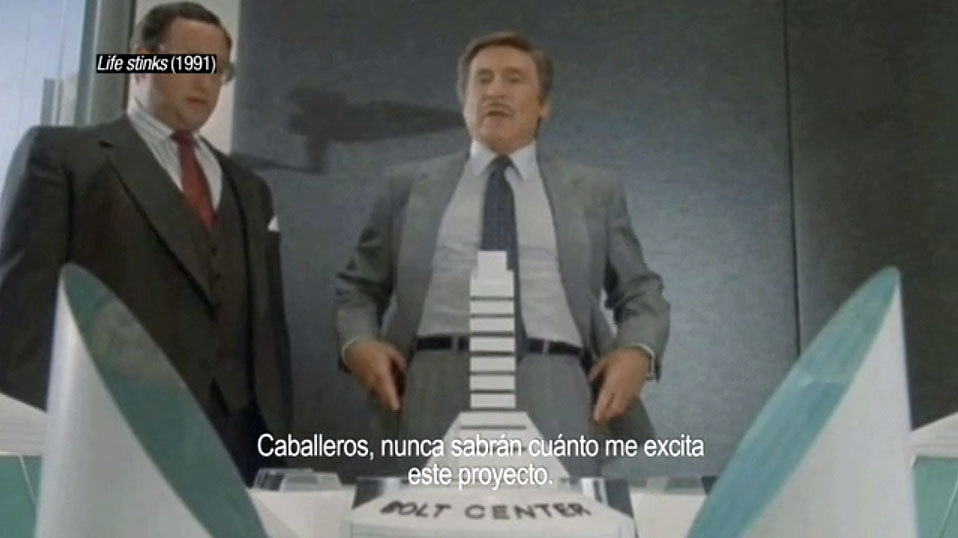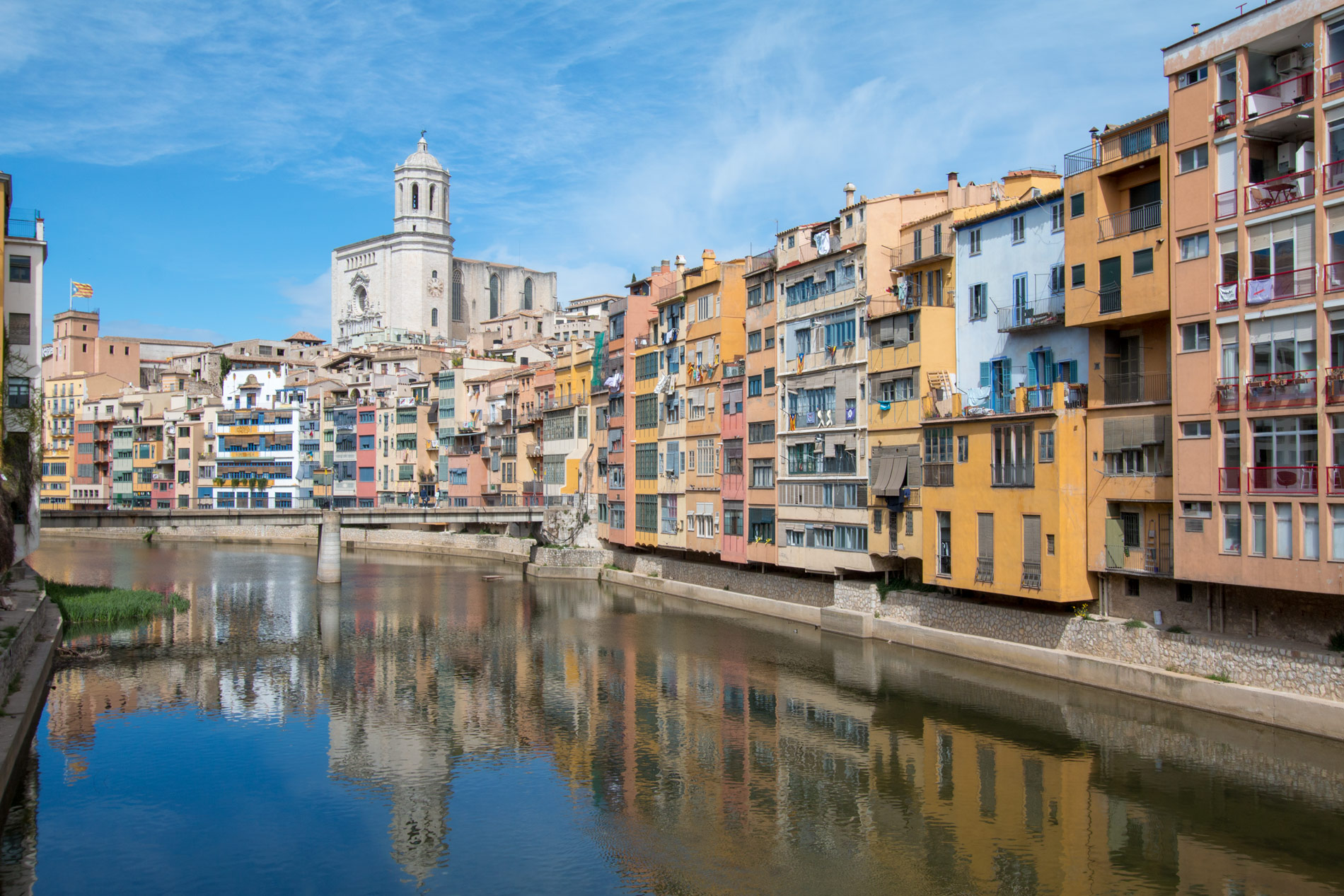Girona's Old Quarter: Art against gentrification
Art, memory and the real estate market in the Barrio Viejo.
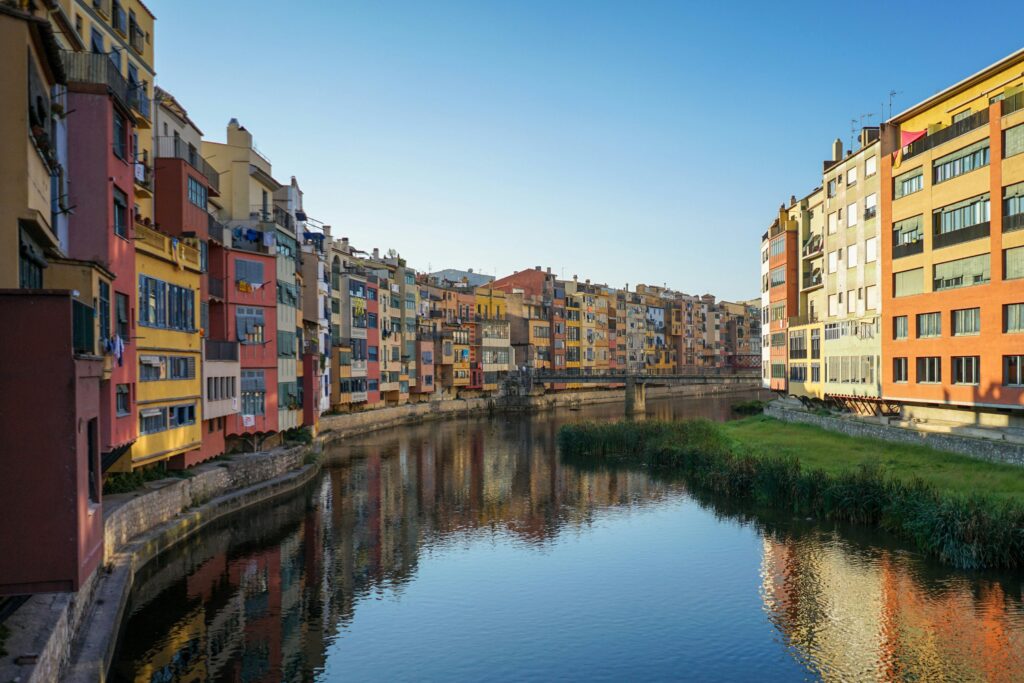
It's been a long time since I've come across the lively gaze of Jordi Mitjà, an artist I have known for years and with whom I shared experiences in a centre for artistic creation in Barcelona; he was a young creator and I worked as a video technician and we shared conversations and laughter. Jordi was already walking in the company of a universe of characters with whom he wove stories often linked to the Empordà.
Life, with its forked paths, took us apart, but our paths have crossed again in Girona, where Jordi's sensitivity to the stories of the territory and its transformations has taken on a new and captivating form.
The history of Girona's Old Quarter and its real estate transformation
Walking through the alleys of the Old QuarterWith its stones steeped in history and its façades that whisper of centuries, the transformation is palpable. This old heart of Girona has undergone a remarkable revaluation in recent years. Real estate data reflect this change profoundly. At present, the average price per square metre in the Barrio Viejo is around €3,700, with a significant increase of 5.7% in the last year. This steady increase has made the area a hotspot for investors and buyers looking for the uniqueness of a historic environment.
This increasing sophistication, while attractive to the real estate market and to investors who see historical beauty as a profitable asset, has a direct impact on the lives of its inhabitants. Rental prices have also risen considerably, making it difficult for many long-term residents to stay in the neighbourhood. This phenomenon of gentrification not only affects housing affordability, but also transforms the community dynamics and social composition of the neighbourhood. Once a haven for artists and artisans with affordable rents, Barrio Viejo now sees social diversity diminishing as prices continue to rise.
"The old quarter of Girona has undergone a remarkable revaluation in recent years. The real estate data reflect this profound change.."
With regard to the Torrats street in particular, its transformation is evident. Once known as a centre of artistic experimentation and neighbourhood life, the street has now also become a tourist and commercial hotspot. This transformation has led to an increase in property prices and a gradual replacement of local businesses with tourist-oriented shops. Despite these changes, the mural on Carrer dels Torrats remains a testament to the neighbourhood's history and identity, a reminder that the Old Quarter is much more than just square metres and rising prices.
The exhibition "Infralocus" and the critique of gentrification
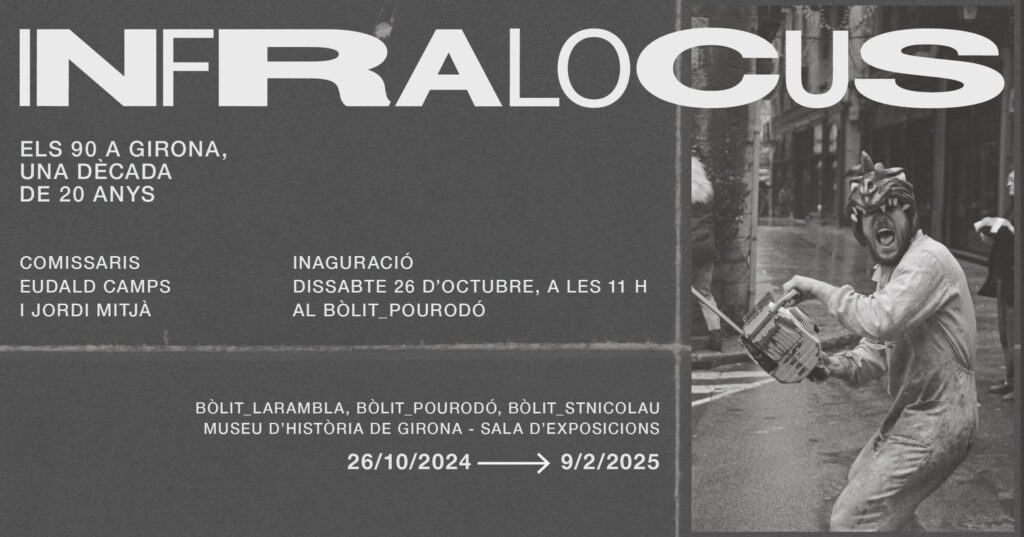
The exhibition "Infralocus, curated by Eudald Camps and Jordi Mitjà, explores precisely this question. With a critical eye, it explores the effects of the gentrification that began to take shape in the 1980s. How the arrival of new neighbours, often with a higher purchasing power, and the constant trickle of tourists have been modifying the cultural and social space of a Barrio Viejo that was once a refuge for artists, craftsmen and a cradle of independent creativity, where the affordable rents allowed the subsistence of alternative projects and the coexistence of a wider social diversity.
This dynamic not only drives up housing prices, making them unaffordable for many long-time residents with deep roots in the neighbourhood, but also transforms the commercial fabric, replacing local shops with character and history with businesses geared towards mass tourism.
"Strolling through Girona's Old Quarter, an explosion of colour reminds us that old stones have memory and that art can be the voice of an entire neighbourhood. A mural on Carrer dels Torrats tells the story of this neighbourhood and its struggle against gentrification".
I was recently interviewed on the programme 30 Minuts de TV3, in the report Expats, to talk about gentrification and the effects of the massive arrival of international professionals with high purchasing power. This phenomenon, increasingly visible in Catalonia, has a direct impact on the real estate and local markets, and the loss of social diversity are consequences of a global dynamic that finds resistance - and memory - in artistic expressions such as the mural in Torrats Street.
The mural in Carrer dels Torrats: A Symbol of Resistance
It is in the midst of these changes that the El Foll mural in Torrats street takes on a special dimension. It is not just a painting on the wall; it is a scar of colour that recalls a vibrant past, a voice raised against the oblivion and uniformity that often accompanies real estate revaluation.
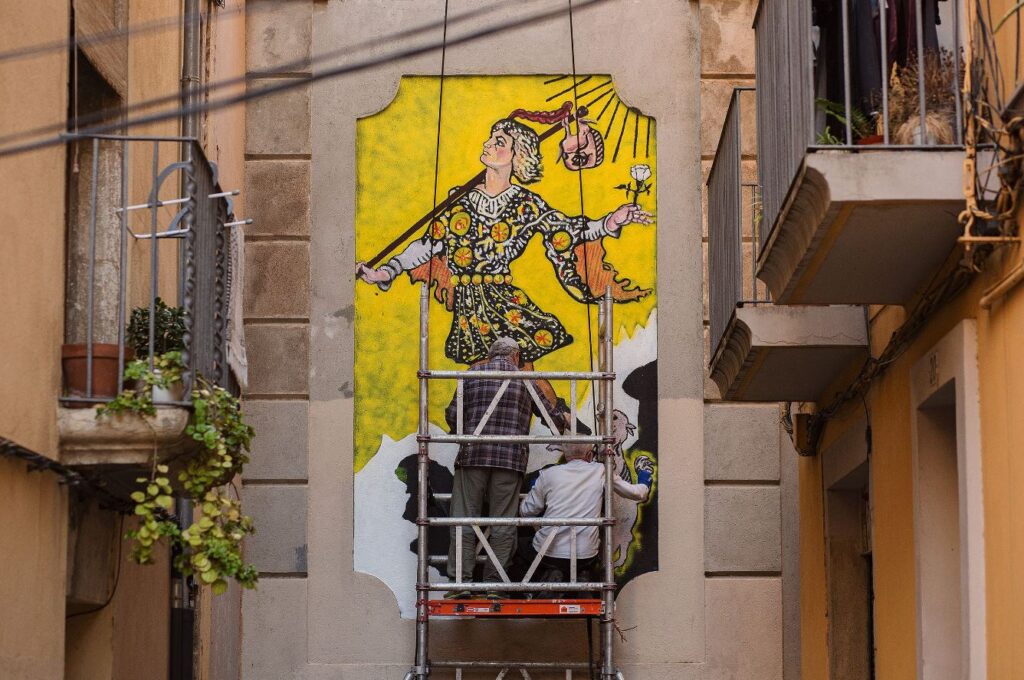
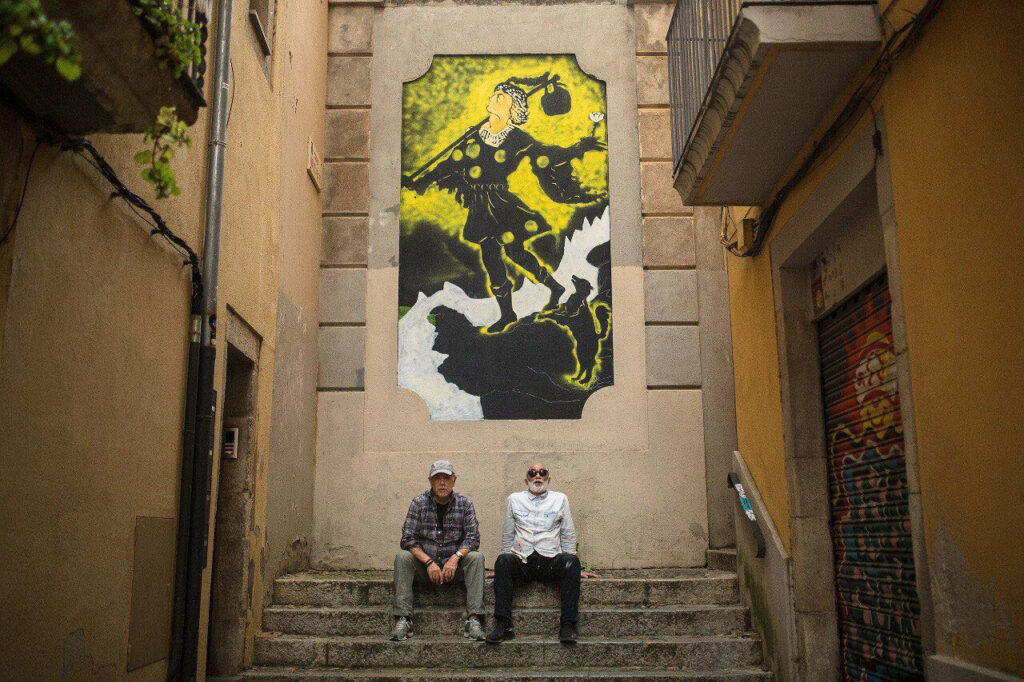
Its restoration, carried out by the artists Pep Admetlla and Jordi Amagat in the context of the "Infralocus" exhibition, is an act of collective memory, a way of keeping alive the spirit of a neighbourhood that is struggling not to lose its essence in the face of market pressure. Carrer dels Torrats, once a stage for artistic experimentation, has now become just another point of tourist and commercial interest. But the recovery of this mural whispers to us that Girona does not want to renounce its creative roots. Amidst the urban and economic dynamics, there is an alternative spirit that refuses to disappear, a cry of colour that reminds new and old inhabitants that life in a neighbourhood is not only measured in euros per square metre.
This mural is more than pigments and shapes; it is a testimony of the life of a neighbourhood, its transformations, its losses and its resistances. It is a silent conversation between the generations, a reminder of that the history of a place can be read not only in its monuments, but also in the artistic expressions that emerge from its walls, in the stories of its neighbours and in the way they relate to the space they inhabit.
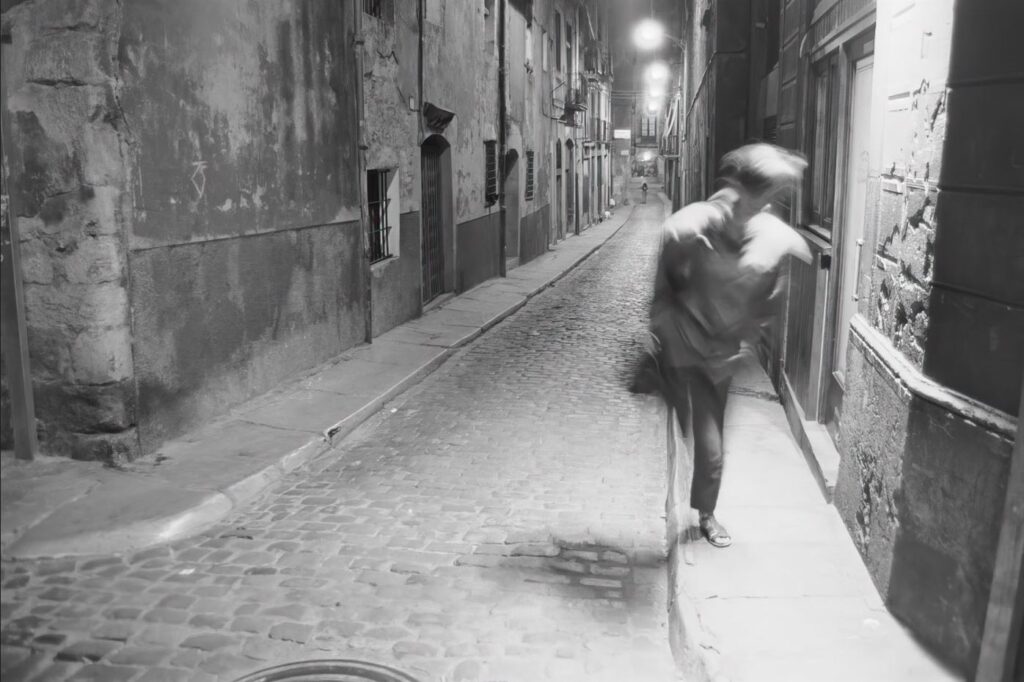
Walking along Carrer dels Torrats, we feel that the soul of the Old Quarter, despite the changes in its real estate market, is still alive, speaking to us through art, offering a different perspective on the value of a neighbourhood, a value that transcends the purely economic. It is an invitation to look beyond the revalued façade and to listen to the stories that the stones and murals still have to tell about the real life of a neighbourhood in constant transformation.



